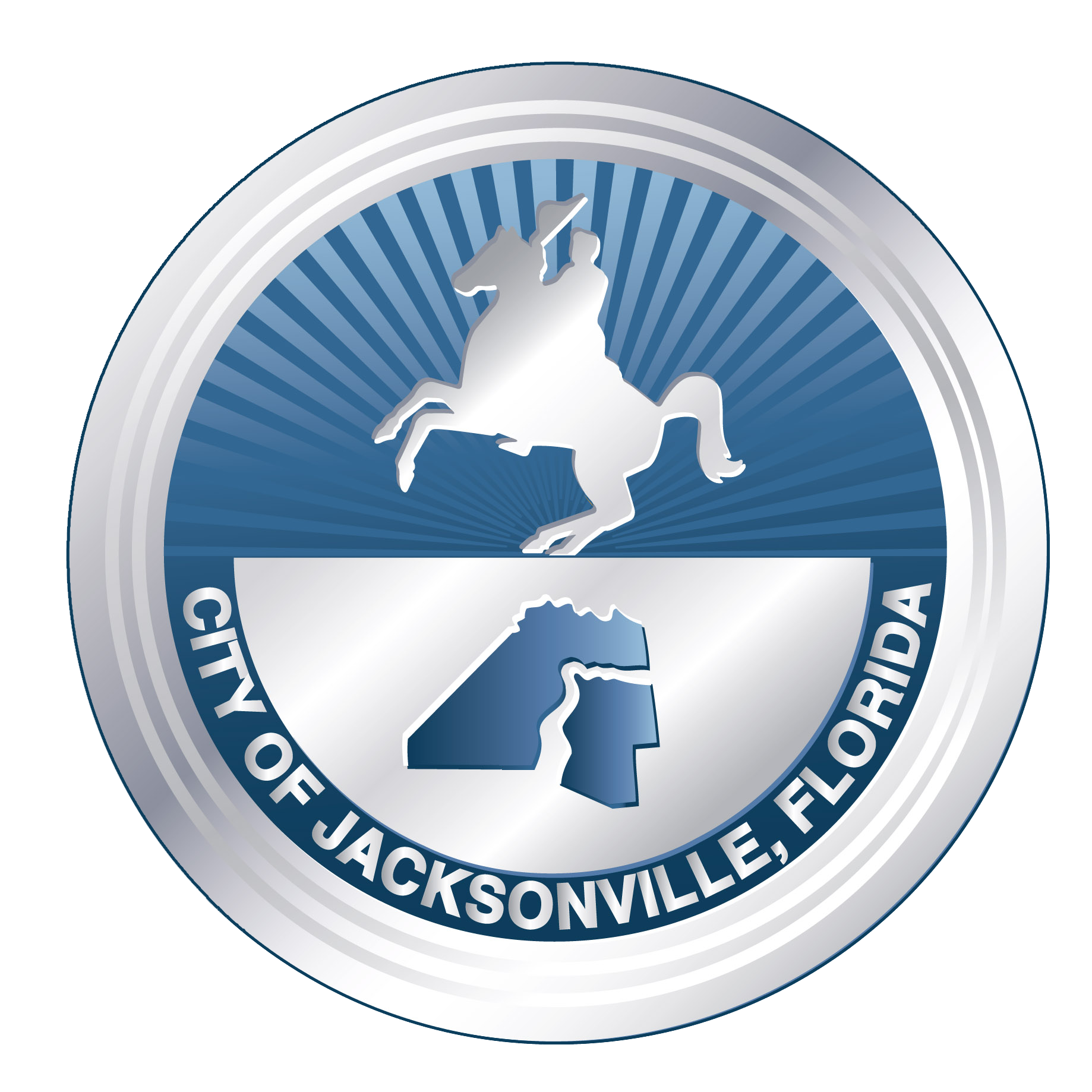Trichotillomania is a type of impulse control disorder characterized by the compulsive urge to pull out one’s own hair. People with trichotillomania pull hair out at the root from places like the scalp, eyebrows, eyelashes, or pubic area. Some people pull large handfuls of hair while others pull one strand at a time. The scalp is the most common pulling site, followed by the eyebrows, eyelashes, face, arms, and legs.
For some people, trichotillomania may be mild and generally manageable. For others, the compulsive urge to pull hair is overwhelming. Trichotillomania is usually developed during adolescence but can start in children as young as 1 year old. It is more common among females.
The exact cause of trichotillomania isn’t known. It may be related to abnormalities in brain pathways that link areas involved in emotional regulation, movement, habit formation, and impulse control. Some people with trichotillomania may also have depression or anxiety.
Trichotillomania is slightly more likely if it runs in your family. Trichotillomania is often not a focused act and may occur in a trance-like or unconscious state hence, trichotillomania is subdivided into “automatic” versus “focused” hair pulling. Children are more often in the automatic, or unconscious subtype and may not consciously remember pulling their hair. Other individuals may have focused, or conscious rituals associated with hair pulling, including seeking specific types of hairs to pull, pulling until the hair feels “just right”, or pulling in response to a specific sensation. Knowledge of the subtype is helpful in determining treatment strategies.
People with trichotillomania may feel embarrassment, frustration, shame, or depression about the condition. They may worry about what others will think or say. They may feel nagged by people who don’t understand that they’re not doing this on purpose. They usually try to hide the behavior from others — even their families. This can make it difficult to get help.
It’s not something that most people who have can just stop doing when they feel like it. They usually need help from medical and behavioral specialists. With the right help, most overcome their hair-pulling urges and may involve a specific type of talk therapy called CBT (cognitive behavioral therapy), medication, or a combination of both. Medication may also be part of the treatment program. A type of antidepressant called a selective serotonin reuptake inhibitor (SSRI) might be useful in helping to curb very intense urges. Atypical antipsychotics such as olanzapine or aripiprazole also may sometimes be used, either alone or in combination with an SSRI.
Local and online support groups are available for those suffering with trichotillomania. The official “Why Do I Pull” support group is on Facebook.
For a link to join, visit
http://whydoipull.com/resources/ and scroll to the bottom of the page.
Other groups and resources can be found at:
http://www.healthpolicycoach.org/topics/category/15073- trichotillomania-support-groups.
For additional information on trichotillomania, please visit:
http://www.webmd.com/anxiety-panic/guide/trichotillomania
http://en.wikipedia.org/wiki/Trichotillomania
Some information from the listed websites was used in the producing of this article which allowed us to educate and inform our readers.







